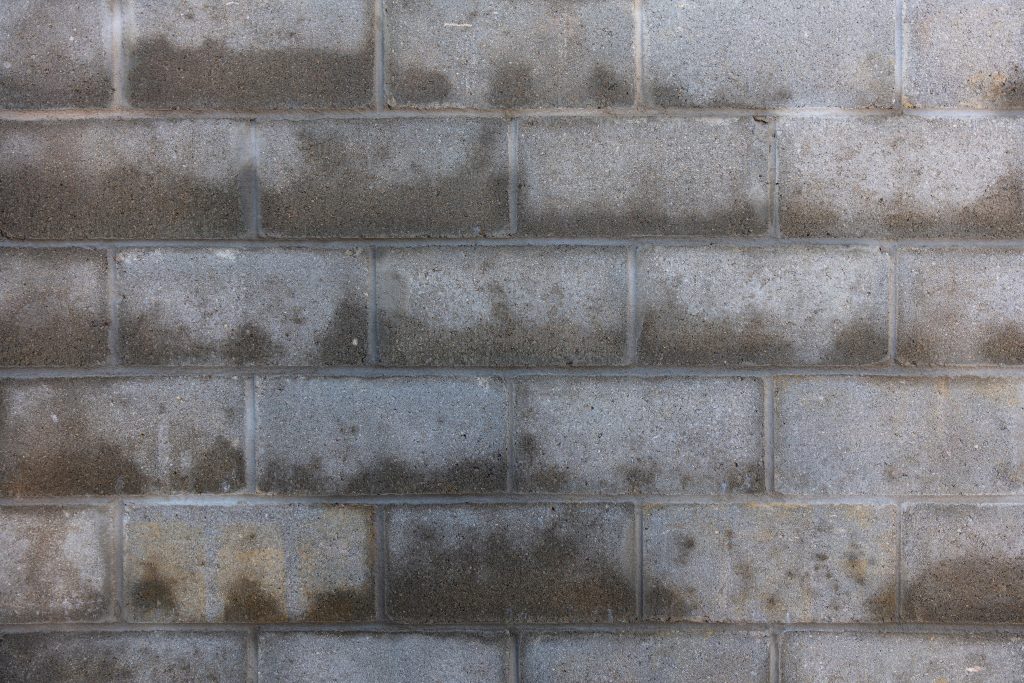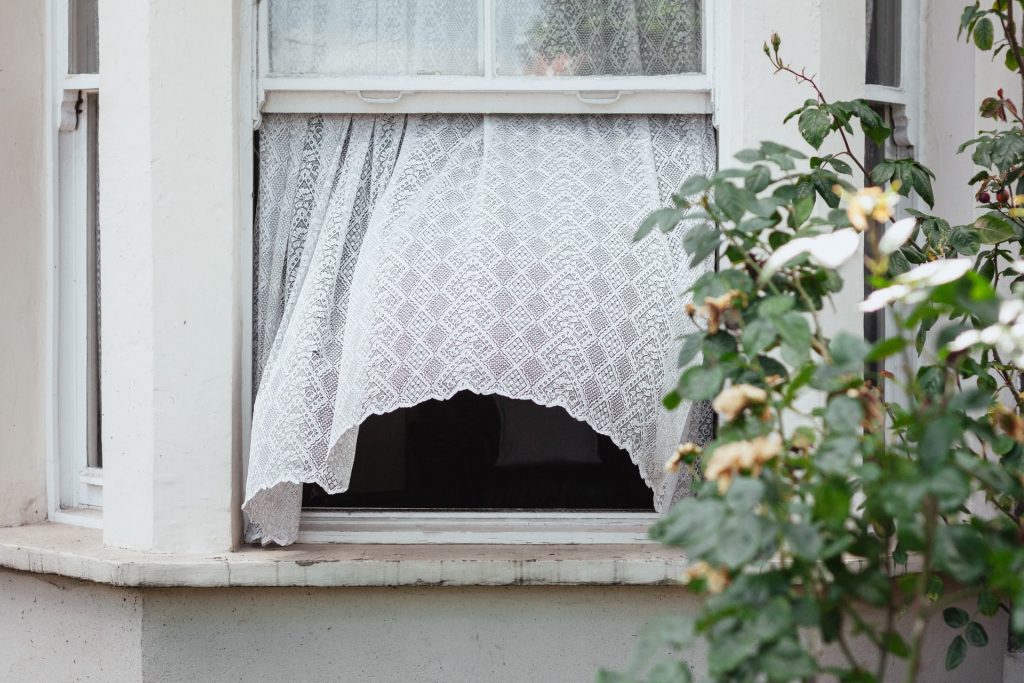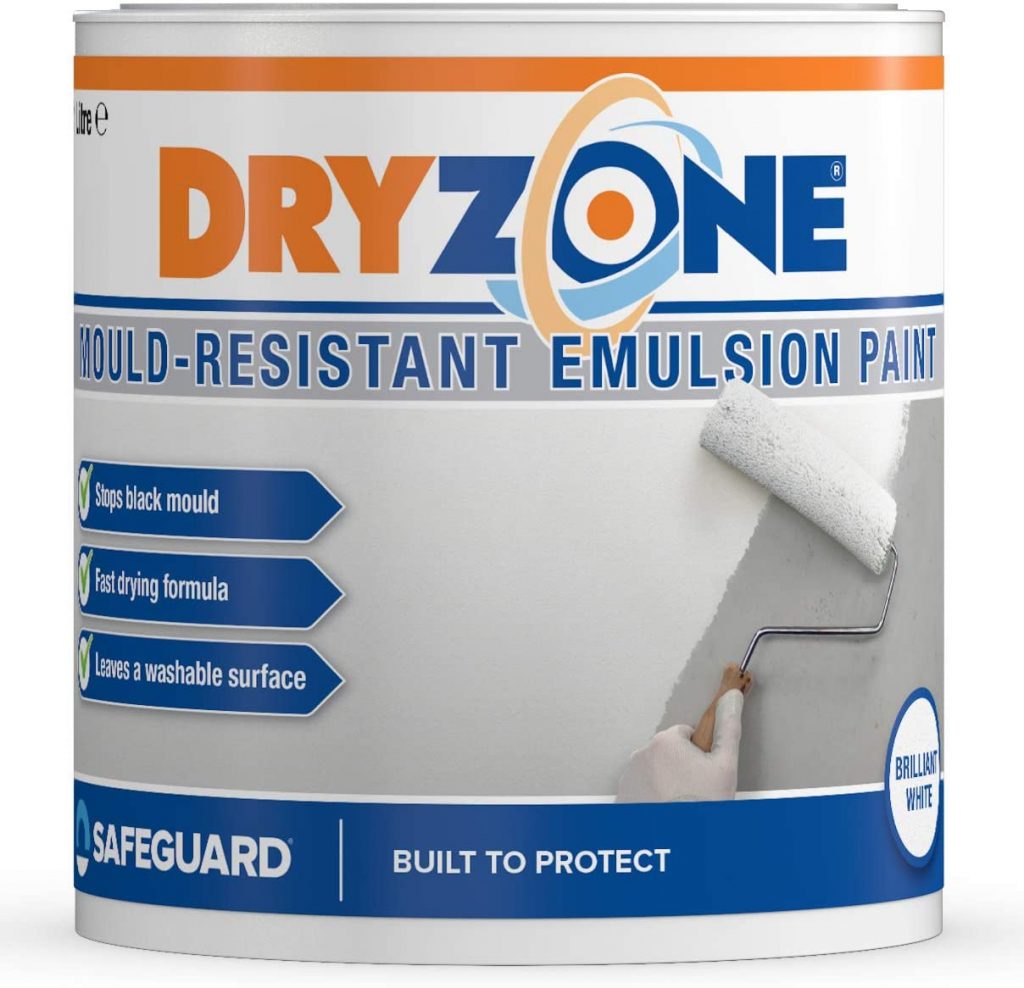 - minute read
- minute read

Mould and damp are a recurring issue within the UK’s property rental industry. These problems are usually caused by homes with inadequate heating and ventilation which can lead to a build-up of condensation. This condensation and damp are what allow mould to spread like wildfire around a home. Given the negative health implications, no tenant should have to live in a mould-infested building. In this article, we’re explaining who is responsible for dealing with mould and damp in a rented property. We’ve also looked at what causes mould and damp, ways to control moisture and the implications of mould and damp damage.
In most cases, your landlord will need to fix damp and mould issues. If the damp or mould has been caused by a repair problem and is affecting your health and safety (or the property’s structural integrity) then they need to take care of it ASAP.
Your landlord should arrange for any necessary repairs to be done within a reasonable amount of time. When the problem is fixed, the property may then need redecorating.
Your landlord is also responsible for any issues that have led to problems with condensation, such as a lack of heating, ventilation or home insulation.
When made aware of an issue relating to damp or mould, your landlord must organise an inspection and carry out repairs within a reasonable time. Some common examples of problems that your landlords need to fix are:
Your landlord also needs to replace any damaged plaster, skirting boards or flooring and redecorate if needed when the problem is fixed. They don’t have to provide any alternate accommodation during these repairs though.
If repairs don’t seem to have fixed the issue, then your landlord may also need to carry out improvements. This could involve upgrading the house’s heating, insulation or ventilation. Many landlords choose to provide dehumidifiers, rather than making expensive improvements.
As a tenant, it’s your responsibility to minimise the chances of mould and damp developing in your rental property. The easiest ways to do this are by properly ventilating your home (opening windows and doors) and switching the heating off when needed. However, your landlord can’t make unreasonable demands like asking you to dry your clothes outside when you don’t have access to a big enough outdoor space.
If your behaviour is what’s caused a build-up of dampness and mould then you might struggle to get your landlord to help out with the situation. They might point to the fact that your drying clothes inside and on radiators, not opening windows and not properly controlling the house’s temperature is what caused the condensation in the first place.
To avoid any kind of tenancy agreement disputes, you should document any signs of damp. We’d recommend keeping a record of the following things:
And don’t forget to take photos!
There are plenty of everyday activities like cooking, showering and drying clothes that create moisture in your home. With that in mind, here are a handful of tips for reducing moisture when carrying out these day-to-day activities:

Although many people are trying to reduce their gas and electricity bills, you should still keep an eye on the temperature within your home. To prevent a build-up of damp and mould, all rooms should have a low background temperature of at least 15ºC.
While there are plenty of products you can buy to help with home ventilation, the first and most obvious solution is to open the windows in the kitchen and bathroom when you’re cooking and showering. You should also open the windows in any rooms where you’re hanging clothes out to dry.
Aside from this, try and keep the internal doors of your home open at all times, as this lets air flow freely and stops bad smells from lingering in one place.
And going back to windows, try and open them a couple of times a day regardless, especially in the winter.
If there’s already mould growing within your property then it needs to be removed, and fast.
Thankfully, there are a bunch of affordable cleaning products that are specifically designed to slow down the growth of mould or kill it altogether. One of the most popular choices is HG Mould Spray.
When dealing with mould, make sure to wear protective clothing and disposable gloves. Your landlord might also want to invest in some anti-mould paint to help prevent the mould from returning.

As a general rule, damp and mould are caused by excessive moisture and/or humidity within a property. It tends to be more common in the winter as the inside of a house will be much warmer than the outside, causing any moisture inside the property to cling to the walls as a result.
There are several ways that water can get inside a property, such as:
In rented properties, condensation is the most common type of dampness. This occurs when excess moisture in the air comes into contact with a cold surface like a window or wall. This can then lead to mould growth, especially in the colder winter months.
Condensation can also be caused by tenants failing to ventilate or properly heat their home, as well as poor insulation or faulty heating/ventilation systems (which are the landlord’s responsibility).
The other types of damp that can be commonly found in homes and rental properties are penetrating damp and rising damp.
Penetrating damp is caused by water coming through external walls or the roof. It can also occur when there’s an internal leak or issue with the plumbing. Because penetrating damp usually happens when there are repair issues, it’s the landlord’s responsibility to take care of it.
Meanwhile, rising damp is when groundwater is soaked up into the bricks or concrete of a home. This is more difficult to deal with, particularly in older properties that are more vulnerable to rising damp. If this has been caused by a repair issue – such as a broken damp proof course – then your landlord needs to fix it. If the problem is with the building itself then the council may instruct the landlord to carry out any necessary works if they deem the damp to be a hazard.
If not quickly dealt with, damp and mould can cause long-term property damage. If your home already has any structural issues or problems with the plumbing/drainage then these issues may get even worse as a result.
More importantly though, dampness and mould can pose a serious health risk to anyone living in the property. This is especially true for people with pre-existing allergies or respiratory problems like asthma. This is because mould can cause infections which make these conditions even worse. Mould can also produce toxins and irritants that can pose a further danger to humans.
Already sorted your house but need to set up bills? We can help with this too – we set up and split utilities for you. Get a free quote for your utilities here.



All your utility bills in one monthly payment, split between housemates
Get a quote


All your utility bills in one monthly payment, split between housemates
Get a quoteFinding his article helpful? We’ve got plenty more helpful articles on there way. Join our Savvy Sunday mailing list